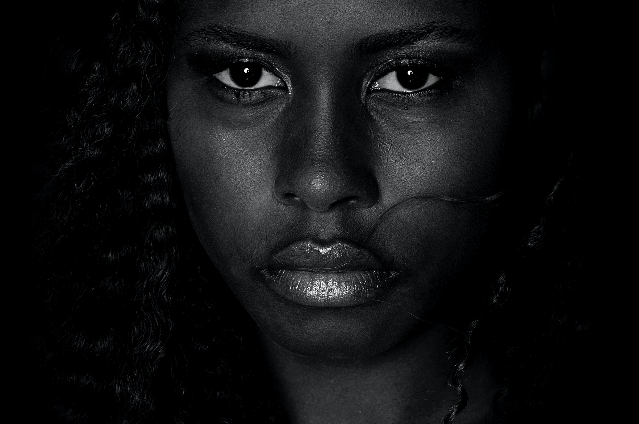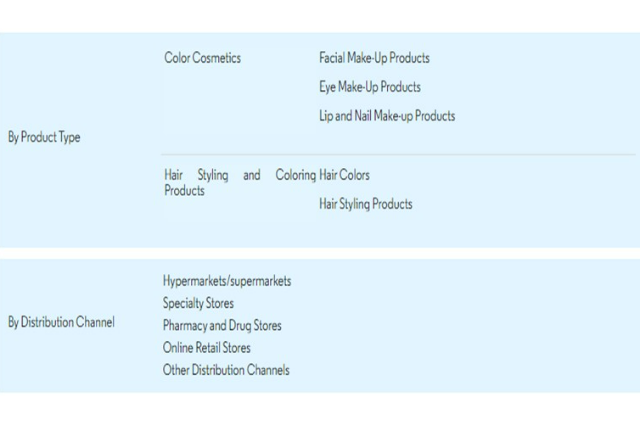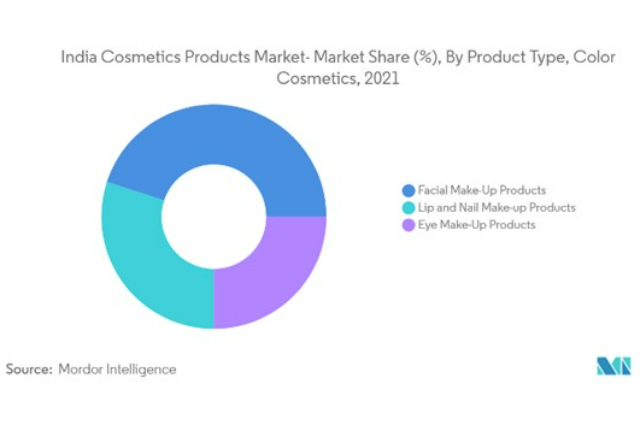
This used to happen...
The dense grass stood up to his chest as he places his barefoot with keen eyes, ears erect, and nose flared up high to sense the buck grazing in the near distance. His dark thick skin and stout shoulders made him appear no less than a beast. The forest of Savannah in southeastern Africa is about to witness a ferocious hunt. The arrow in his arm is neatly crafted to pierce through the buck’s chest leaving no time for any target to escape.
The hunter succeeds and his shoulder is heavy with the meat dripping with blood that marked the path towards his settlement. He feels strong, he feels happy, and he is about to be hailed as a savior with his story about to pass on to generations. As he approaches his home, a group from the neighboring settlement is resting under a tree, enjoying the warm wind and sucking drops of water from the melons. A female from that group is ripe and her body trembled for a partner to mate. As the hunter made his way before her, her first sight starts to judge his strength by calculating the audacity of his muscles, when confirmed that he is fit enough to be a partner, she lowers her head with shyness. The male, however, scans the lady’s breast to calculate her overall physique taking little notice of her facial symmetry. Overall, there is no mention of skin tone. They married and live happily ever after.
The descendants of that great couple began agriculture some ten thousand years ago. Communities were formed that grew into villages, then into cities to welcome monarchs and dictators who led the battlefield in World War I and 2. Now, in the twenty-first century where bloodshed is as rare as a three-eyed snake, a middle-aged male walks in the aisles of a shopping mall with a jacket on his shoulder, his shoes kissing the soft floor, eyes, ears, and mind groped by the LED screen is approaching a clothing store. A female stands near the entrance, ripe in age and busy checking a skirt in trend. As he looks at her brown skin shining over her forehead, he simply retraces his path toward the next shop. The otherwise factors he would have looked at if she were fair like, facial symmetry and innate characters run out of reach. The female looks at her reflection in her mobile’s front camera and thinks “Wish I were fair!” The about-to-be couple never sees each other.
Why, why why?
When I was a kid of seven or eight, playing marbles with my friends with torn shirts and dusty faces, a neighbor lady- my mother’s best friend, called me over and examined my skin. She said, “You are very fair…What kind of woman do you want to marry? The one with the height or the one with the white?”. Although it was meant as a joke, I think I took it seriously by answering, “Of course the White one.”
It is difficult to dig through my brain to rummage the origin of this delusional idea that white women would be better, at such a young age. If I had to form a hypothesis, I have a fair argument.
The roots of this unfair preference toward fair skin are longlisted and can be traced back to British colonization and the beauty standards they precipitated before leaving India. But, when observed carefully, none or very little number of Indian’s idolized white skin because of westerners. We mostly hated them.
What brought this change in me then?
The year was around 2008 to 2010, and the color television industry was at its extreme high with smartphones, half a decade away from capturing the rural audience. Until then skin color was not constricted to the skin, it represented social status. The occasional cinemas, the evening serials, and the video songs portrayed women in a way that was unnatural for me to witness in my surrounding. They changed our perspective, they changed the way we judged each other. They were beautiful, wore dresses that ended before reaching their knees, their cajole eyes were intense, skin tone- pitch white to no hints of pimples or dark circles around their eyes. From then on, it was not true that the smile is the only beautiful curve on the women’s body. The fairness, the white tone, the glow, the softness, the beauty, and the bliss. White is a royal color, the prospect of imagining it subconsciously aligns our thoughts toward something rich and beautiful. This measure of beauty has overtaken our tendency in choosing a life partner against the physique and character. Government jobs do play their part, but unfortunately for females, they had to work harder than that. Even when I see a Bollywood movie today, I can’t stop myself from picturing my future partner with perfect posture and perfect skin that would compete with the sunshine. The expectations that reside as the movie ends, won’t end until men's imagination depletes.
If this is the case with the men, what about the women who take inspiration from the movies? I can say where they catch up with their fantasy. Advertisements.
A model, slim and tender, face neatly carved by excessive diet and hair buoyant, arrives on the red carpet with a broad smile surrounded by dark-red lipstick, says “What to become fair and fly high? Use Fair and Lovely for smooth and clear skin…Wait till you see the result in seven days. Its melanin formula attacks the darkness and renews the skin cells like a paintbrush. Get it now!”
That’s it, the shops get flooded and women are happy to find the salvation that otherwise, could only be solved by the genetic breakdown.
This is what the consumers of these western overrated products won’t understand…The models won’t be using the product themselves, they are modeling because they are already fair. Here’s another interesting thing, many Indian brands use very less Indian models. Models from Ukraine, Iran, and other mid-western countries are flooding the roadside posters and brand covers. As long as the capitalists have money in the bank and ideas in their heads, the common man is bound to be pulled into the loop of spending on unnecessary things.
This obsession with fair skin is deeply embedded inside Indian’s minds. Just consider yourself as an example. When you were born, the first thing your parents noticed was your sex and the next thing is how you looked. It won’t end here. On your first day at school, you unconsciously will begin to segregate your unknown classmates as rich and poor by their skin tone. In college, the fair colored always had a good following. You look for a perfect partner after getting a job where one of the qualities includes fair skin. When you have a kid, you in turn will witness the same cycle with your children. India is a diverse country with converging biases. This bias is quietly used as a marketing tool.
Data don’t lie...
According to Cosmoproof, the Indian mass beauty industry is worth more than 11billion. 60% of women and a growing number of men say that they use face-care-related products. If this doesn’t surprise you, here’s an interesting point- amid the pandemic, from 2019 to 2020, the industry grew about 2 to 3 percent. This simply shows the average Indian tendency toward social conformation. Along with this positive uptrend, there has been a 19 percent growth for face care products alone. The graph did never bow and the consumer never questioned their intentions in falling prey to face value. With the rise in social media and romantic filters that hinders defaults on faces by removing excess fat and pimples, the face creams and face wash are by no means defeatable.

The growth of the beauty industry over the years
Just like in the book industry, which entertains and informs the readers with different genres and quirks, the beauty industry is soo vast and branched that its diversions are hard to track within the scope of this report. From normal face cream to ointment for a bald head, they span a long list. Do you know that there’s a cream for human underfoot to make it attractive?
Out of millions of myriad categories, they can be fairly differentiated according to this table.


After all, these face creams are temporary and the customer might, someday after frustration, might walk away from it, right?
It has been repeatedly preached by eminent journals that skincare products won’t solve or improve the present skin conditions. Even if they did, one can’t expect a black-colored woman to turn fair within weeks of using a cream. But if someone is still continuing obsessive with their skincare, they are psychologically addicted. The user tends to go worried most of the time about facial appearance. It won’t stop until they grab a new product and start looking at their faces again and this cycle continues. At the root of all addiction is pain. Well! Pain can be eased in numerous ways these days.
Real-life filters.
Laxmi is desperate for a job to support her family. She has already faced numerous rejections and the job requirement to be a receptionist is met under all factors except one which says, Must be fair-skinned. She is trying all the affordable cosmetics and nothing seems to work on her coarse brown skin. If she doesn’t get that job, she would be in great trouble finding a husband. She is reconsidering some limited options with ample money in her torn-out purse. Either she must try low-cost skin-whitening cream or undergo skin treatment. What she doesn’t know is that these options will bear a dear cost to her life.
In this flourishing economy, saturating globalization, and overconsumption, the regulation of myriad products is very hectic and difficult. As bureaucracies get corrupt and customers are open-mouthed to use whatever they can get hold of, wrong products make their way in.
The basic idea of these illegal entrepreneurs is to build a cream that slows melanin production on the face. Lesser the melanin, the lighter the skin.
Face creams from the black market that reach the shelves promising beautiful dreams are often composed of Mercury. Mercury is a toxic compound banned from almost all countries and is allowed to be used very minutely. Face cream can contain just one ppm mercury. When it overreaches this amount, scrubbing it every day can lead to tremors, kidney failures, and even birth defects. When problems scourge, none will be left to take responsibility. An urge to look good for a moment can cause a lifetime of problems. Many sting operations have revealed these products and still, there is no sign of them coming down.
When these aren’t enough, there is always surgery. Laser treatment, scrubs, wet and dry, capsules dermabrasion, and intravenous. Carbon laser facial treatment in India has seen a growth of 100% for half a decade. It stimulates and promotes collagen, cleanses the pores, and reduces pigmentation. Having an easy procedure with good results for a short period of time is one of the favorites of Indian women like Laxmi. Great skin no more happens to appear genetically by chance, they are happening by appointments and modern technology.
Beauty is about being the best version of yourself, both from the inside and outside. To bring out a shiny cinderella inside you there is a solution. Cinderella drip- one of the controversial techniques professed by a limited number of medical professionals.
This intravenous treatment is so sophisticated and unseen by a normal public that there is still a heated debate about the ethics of its usage. Cinderella drip is a mix of Glucothionine, an antioxidant approved by none of the medical authorities around the globe. The drip also consists of Vitamin C and Kojic acid. It is injected into your skin via micro-needling or by needle injection to give you a fair complexion. Before letting the person walk away with the drip, they have to monitor it with keen eyes to stop it from causing side effects. Everything comes at a price and as George Bernard Shaw says, The cost of anything is the trouble and toil we go through to get that thing.
Out of all these methods, plastic surgery still stands as a prophet. What began during world war to heal the soldiers from broken tissues is now used to beautify the already perfect parts of our body. Celebrities use it, they endorse it by showing the whole world that one can always change their state of a bulgy nose, fat cheek, and uneven temple by manipulating tissues and skin. The trend is towards the positive and the scope is unreachable to a common industry reach. As the joke goes, nowadays, people are having so much plastic surgery that when they die, they can be sold in kilograms to Tupperware. If you believe that plastic surgery is used to make ugly people beautiful, you may be right. If you believe that plastic surgery is meant to be used to make normal into beautiful, you are their next customer.
Let's conclude.
As evolutionary influences trigger change for bad, the decision-maker can still take control to stay original. To fight these inner struggles, there are campaigns like Dark is beautiful, that are helping girls who are undergoing stress and pressure from peers because of their skin color. They are helping these girls build confidence as they understand what it means to be a girl when said, “You won’t succeed because you are not beautiful.”
The world is changing and so does humans. The change that we are about to seek is moral and acceptable through the eyes of gigantic corporations that are pushing us to pursue our pleasures. The subjective feeling one undergoes can be misleading but when observed rationally, it clearly states that the change in bodily color won’t erase the inner humility towards our loved ones. Influences are numerous. Social media, work environment, exposure to west and modern movies. They can all be set aside when you gaze at the mirror and say, “I am beautiful in the way I am.”
